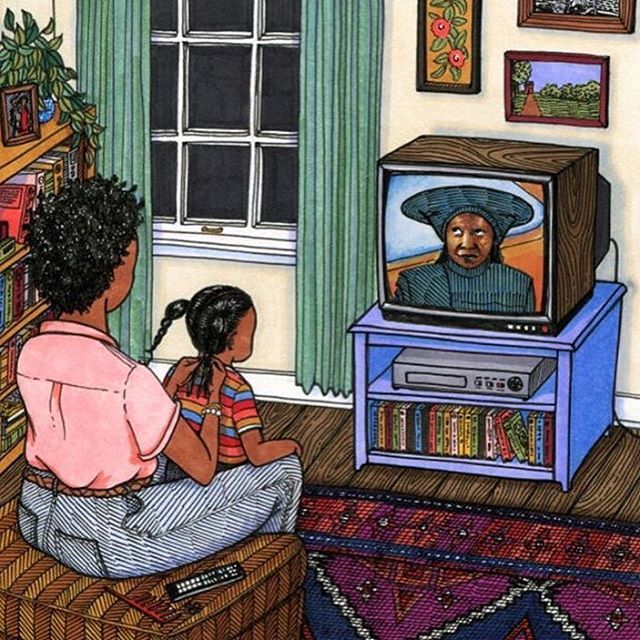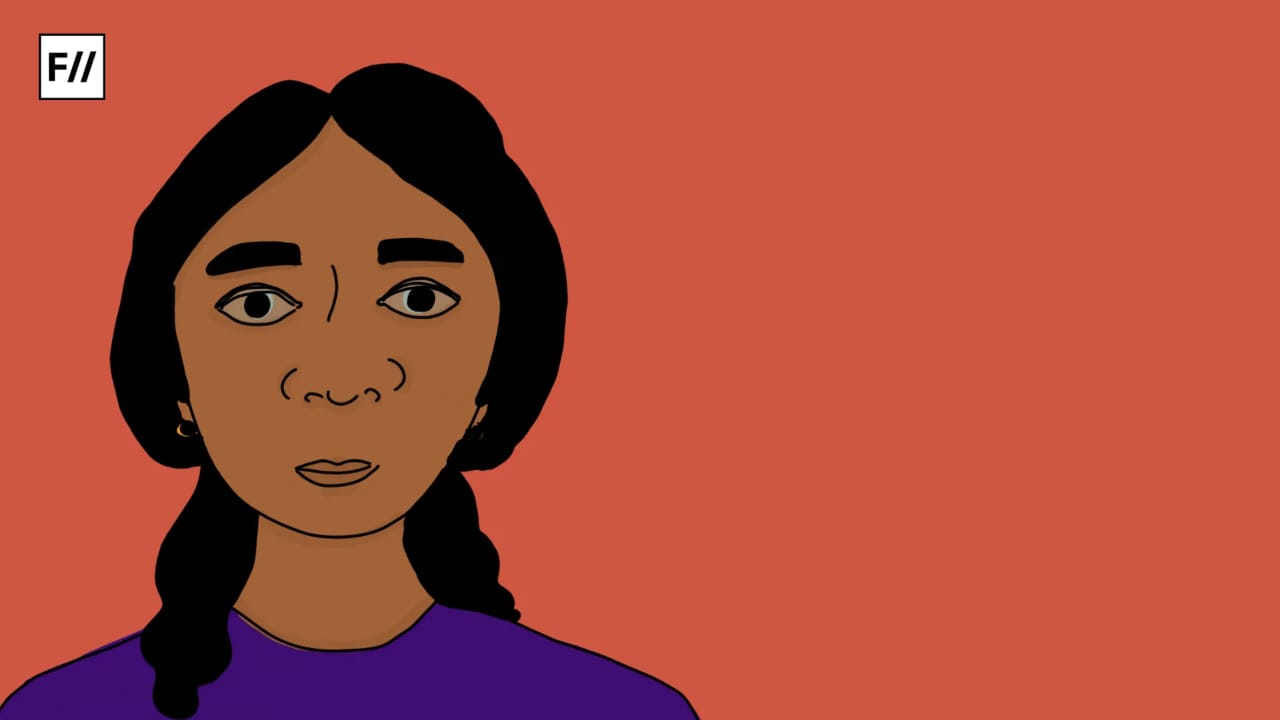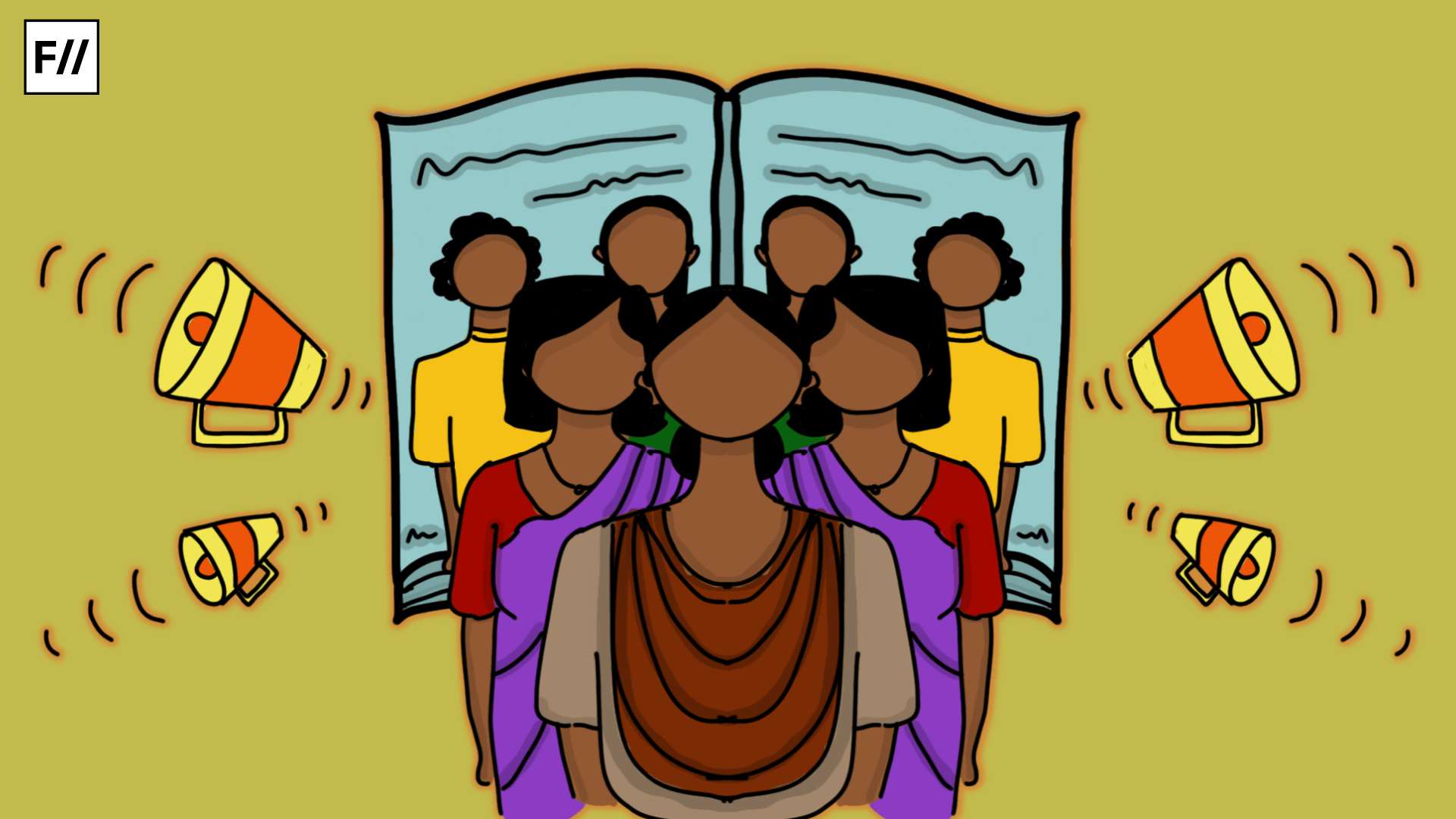We are constantly talking about the need for representation in media, or for content creators to be more mindful of what they are putting out there. What is this fuss all about? Does the media really affect our attitudes and practices as much?
I was recently introduced to The Economist’s piece on the impact that telenovelas had on fertility in Brazil. The results are mind boggling to say the least, prompting me to try and understand how deep the impact of various media is on our attitudes and the decisions we make.
Under Brazil’s military regime of 1964-85, telenovelas are television soaps that were at their peak. Television sets were subsidised to promote a sense of nationhood through the national news. However, the soaps stole the limelight. Tilting on the more progressive side, these soaps depicted ’empowered’ women with small families. Research suggests that the average 6.3 children per woman in 1960 plummeted to an astonishing 2.3 children per woman in 2000. Newspapers at the time too contributed these changes to the popular telenovelas. These telenovelas led to such vast changes in fertility despite not directly addressing it. Women all over Brazil were influenced by the lives of the women in the telenovelas.
Also read: How Does Mainstream Media Represent Sportswomen?
Another example of cable access impacting women’s lives is outlined in a study conducted by Robert Jensen and Emily Oster. They found cable access to improve women’s lives in some sense as women reported “lower acceptability of spousal abuse, lower son preference, more autonomy, and lower fertility”. Although the study simply looked at the access to cable and not the contents of the TV programmes themselves, their study does point to the possibility of a correlation between access to TV and gender attitudes (in this case, positive).
Accessing both television and radio was shown to be associated with a 3.6% reduction in women’s acceptance of domestic violence.
Possible implications on gender attitudes can extend even to harmful behaviours. Accessing both television and radio was shown to be associated with a 3.6% reduction in women’s acceptance of domestic violence. Kuhuk Bhushan and Prakarsh Singh studied the National Health Family Survey data to arrive at this conclusion. While their analysis was not detailed to reveal specifics, their findings are in line with those of Jensen and Oster, in an Indian context.
Like in Brazil, a more content-focused study of Italian television shows demonstrated a causal link between the objectifying portrayal of women in television and both gender harassment as well as intentions to sexually coerce a woman. Only specific norms of traditional masculinity such as attitudes towards sex, domination, and aggression were affected by watching an objectifying TV video as opposed to a neutral control video. The impact on these norms could then possibly affect how the men treat available women.
Another report specifically studies the relation between consuming explicit messages about family planning and the use of contraception by females in three countries – Pakistan, India, and Bangladesh. In India, women who were exposed to television in general and specific family planning messages on both television and radio were more likely to approve of family planning, discuss it with their husbands, and have used some form of contraception as compared to women who had not received similar exposure. In addition to more indirect messages, explicit messages in the media are also shown to affect women’s lives.
Media interventions recognise the profound impact that our screens have on how we lead our lives. Community media initiatives include women as producers and contributors of media content, in addition to their traditional role of consumers. Their inputs in the technical and decision-making processes result in more balanced and real portrayal of women. Seeing as the portrayal of men, women, and their relationships and behaviours have a considerable impact in real life, community initiatives are one approach to tackling the issue.
Various forms of media, as has been showed by the multiple studies, wield a certain kind of power to influence our choices.
The Population Fund of India launched a transmedia campaign called “Main Kuch Bhi Kar Sakti Hoon” (I Can Do Anything) to challenge societal norms around women’s issues. Figures after the telecast of the first season show increased awareness among viewers with regards to child marriage and family planning. A positive shift was also seen in attitudes and behaviours relating to women’s empowerment and non-acceptance of domestic violence. The impact of the campaign was studied on women, men, and mothers-in-law.
https://www.youtube.com/watch?v=X0-ZI_s3aoQ
These are but a few examples of the ways in which media has a lasting impact on the way we as consumers understand our realities and navigate through them. Media representation and portrayal are increasingly stressed upon precisely because of their far-reaching implications. Various forms of media, as has been showed by the multiple studies, wield a certain kind of power to influence our choices. When we see more of something on television, we tend to normalise it. Little girls who constantly see one kind of woman in magazines tend to believe that that is what they should look like, even if most people around them don’t, showing us how powerful media is.
Also read: 17 Ways Popular Media Like Television & Cinema Could Be More Gender-Sensitive
Advertisements are not the only form of content that are trying to sell something to us. More often than not, the norms, stereotypes and attitudes we embrace daily are learned from the media we are exposed to. The onus then lies not only on media organisations to be mindful in how they create their content (and to perhaps encourage community participation) but also on us to demand that they do so.
The point is not to stop watching television or listening to the radio. Knowing how and why media is so influential, it can be used in more positive ways. This includes more subtle differences in how we portray gender as well as more explicit messages directly aimed at generating awareness. Handing over the reins to those who are underrepresented also contributes to enriching the kinds of stories we tell, and how we tell them.
Featured Image Source: @sallustration | Instagram
About the author(s)
Aditi is a 20 year old studying political science. She enjoys learning languages, and if given the choice, would do that for a living. Her interests include but are not limited to bedroom pop, intersectional feminism and hummus.




